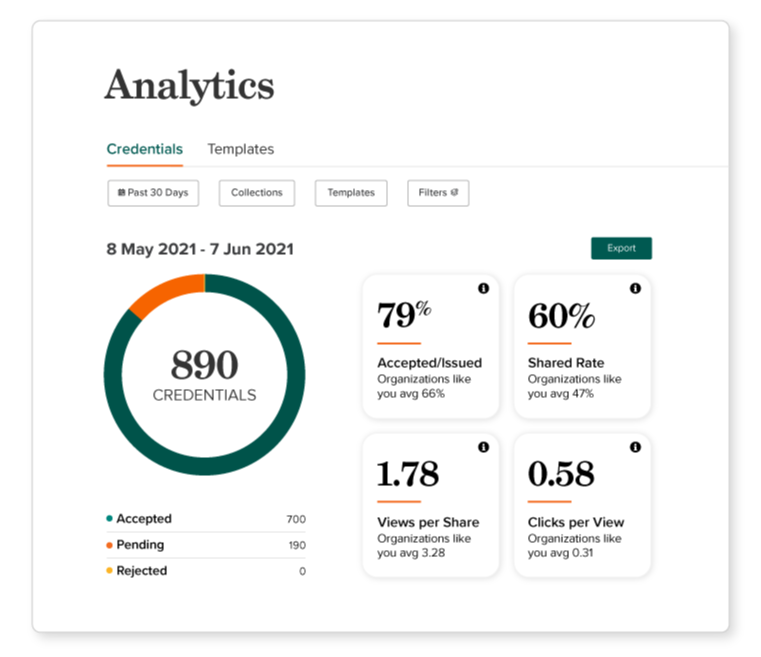Credentialing Mastery Assessment
The Role of Governance in Credential Program Excellence
Governance is what we call the policies and procedures related to an organization’s credential strategy. It is a living document that outlines what you hope to achieve with your program, who will be involved, and how you will go about implementing your program. Undoubtedly, the most successful credential programs have their governance established in such a way that allows for scale and growth.
The Role of Governance
Some organizations develop very elaborate documents. Others keep it simple. Regardless, your governance becomes an important navigational tool for your program as you grow and develop. It is your map to success.
Even if you are a team of one, we encourage you to document your ideas in a governance plan. It gives you a plan; it allows you to track against your plan; it serves as a “succession plan” should your responsibilities shift.
This page is a great starting point for getting a grip on the important aspects needed when setting up a credentialing program.
Goals/mission
Clarify why you are offering credentials. From that point, every decision can be viewed as upholding the goals/mission. Having a concise, compelling statement to start with will be incredibly helpful. What’s the big-picture goal you’re working to achieve? How will you measure your success?
Measuring Success
An essential element of credential program governance is determining measurements of success. This perhaps involves periodic NPS surveys sent to credential earners. Maybe it involves marrying the issuing data with employee demographic details to perform more advanced analytics to understand the impact on organizational performance. A credential program without defined measures of success that are analyzed regularly is like a boat without a rudder.
In addition to deciding what to track, you’ll want to determine how often you’ll evaluate those metrics, and the responsible parties (for tracking and reporting).

Your governing body
We encourage you to convene a governing body. Not only is it a way to generate buy-in, but the body will lighten the load and serve as a system of accountability. Your governing body will work to:
- Maintain relationship with third-party platform(s)*
- Manage the organization’s goals for credentials
- Create and uphold organization credential standards and policies
- Review and approve requests for credentials from other departments
- Maintain proper platform(s) access for all participating users*
*This is only necessary if you are utilizing a third-party platform to assist in simplifying your management processes

Determine what reach you want your governing body to have
Member selection and common roles
Curious about who to ask to serve on your team? This is a chart of common roles in the scope of a governing body. It is organized so you might begin to identify possible members and understand why they are vital to your success.
|
Role |
Responsibilities |
|
Program manager |
Direct the development and maintenance of the program. |
|
Executive sponsor |
Set and track progress toward credentialing program goals. |
|
Implementer |
Carry out day-to-day operations of a credentialing program. |
|
Technical support |
Configure integrations, etc. |
|
Earner support |
Handle earner questions, create earner-facing FAQs, etc. |
|
Marketing, branding, & communications |
Handle graphics, promo efforts, web or social content, etc. |
|
L&D leaders |
Align to their programs, vet or contribute to program content. |
|
Talent Management or HR leaders |
Align to business initiatives, workforce development |
|
Advisory personnel |
Vet program for industry relevance. |
Note: Not all roles are applicable to your organization, this is a suggestion of key roles you might consider in your planning. Roles do not require a one-to-one relationship. In some cases, a single person will have multiple roles and in other cases multiple people will share a role. What is important here is to make sure each of these areas are being addressed with accountability.
Get Started Today
Creating an impactful digital credentialing program can be easier than expected with the assistance of Credly's team of experts. We provide comprehensive guidance on program design best practices and offer a wide range of templates and resources to ensure your success.
Chat with our team to find out more.